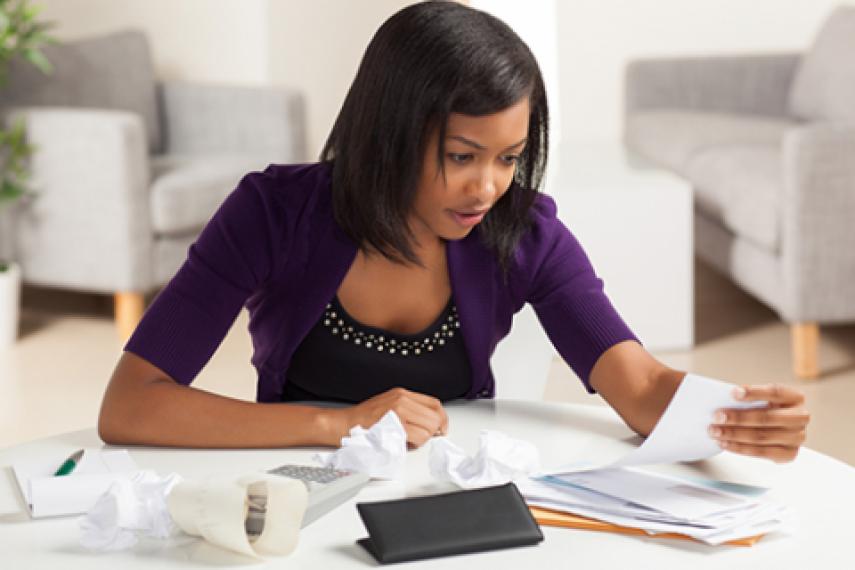
Staying on top of paying your bills can feel like an impossible chore when you have mounds of account statements and bills that arriving in your mailbox or email account. However, it is a responsibility that you need to pay attention to because it can be very costly to push it aside. Missing a payment will trigger late fees and can even damage your credit score if the bill was for a credit card or loan.
How to organize bills that come in the mail
Your bill organization strategy should start by designating a specific spot where you put your bills the day they arrive in the mail. You do not want to lump them in with the place where you keep the rest of the mail because they are time sensitive and can get buried quickly. The spot where you keep your bills could be an inbox on your desk, a basket on a bookshelf, or a hanging slot on a wall.
When a bill arrives, you also may want to take a minute to open it, find the due date, and write it in marker on the front of the envelope. That way, it is easy to sort bills by the due date so you can keep a close eye on the ones with due dates coming up soon.
Best bill payment practices
Start by scheduling a regular time when you will pay your upcoming bills. For some people, it is easiest to pay bills weekly to get in a consistent routine. Others like to pay bills the day after receiving each paycheck.
Set up a reminder to help you get in the habit of paying bills every time your scheduled day comes around. Use whatever calendar you use for other reminders in your life. This might be on your phone, on the computer, on a paper wall calendar, or in a day planner.
You should mail a check at least seven days before the bill is due to ensure it arrives and gets processed on time. Therefore, unless a bill is due at least seven days after your next scheduled bill paying session, you will want to pay it in this session to ensure it gets paid on time.
How to use online bill payment
In today's world, paying bills by check is not the only available method. Online bill payment saves money because you do not need to pay for checks or stamps. It is also helpful because you can set up payment reminders to arrive in your email just a few days before a bill is due. Some accounts even waive fees if you opt to receive account statements via email rather than on paper.
To use online bill payment, you will need to set it up with the bank or credit union that you have your checking account with or directly with individual companies that you owe. Each bill should be very easy to pay once you go through the initial step of setting up payment information for every account. Using bill payment through your bank or credit union allows you to do that all in one place. You just need to login and authorize each payment electronically to make the transfer and pay your bills that day.
An even easier option, if you are comfortable with it, is to opt for automatic bill payment. If you set this up, your bills will automatically be paid on their due date every month, without you having to do a thing. The concern with this approach is that you need to have money in your bank account for the scheduled date of each bill. Otherwise, you might incur overdraft charges.

